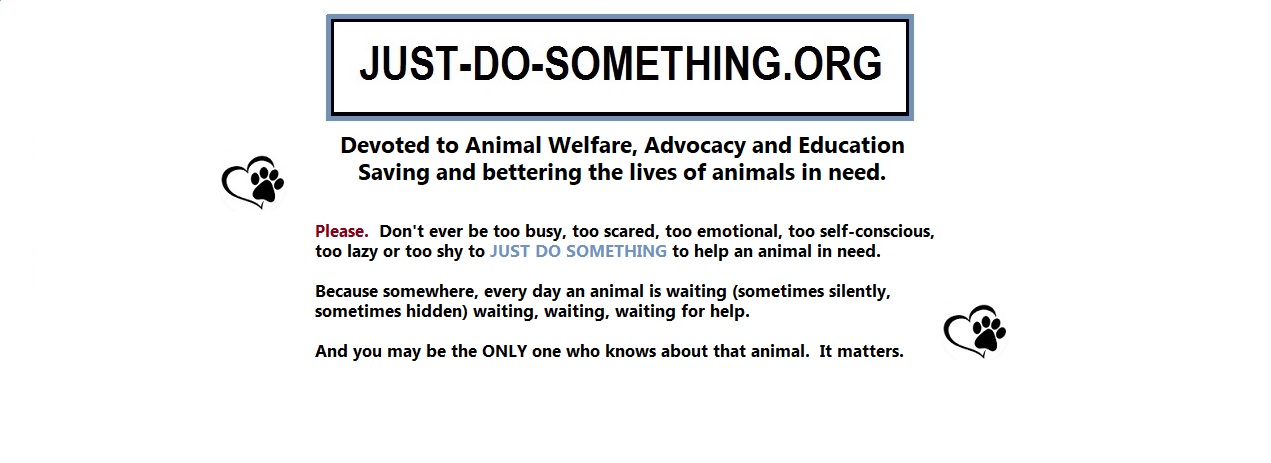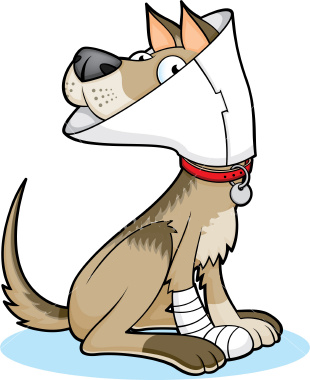Always Help!
Last year, I was driving down a winding road and came upon a large deer that was lying off to the side, in the brush but visible from the road. It was clear that the deer had been hit by a car, and that someone dragged it away from the road. However, upon a closer look, the deer was still breathing, but in obvious physical pain.
I called 911, and was told that yes, a deer had been hit by a car earlier that day, but that an officer shot it to put it out of misery.
Apparently, shooting the deer did not humanely kill it.
The officer had to come back to the scene, and re-shoot the deer. I called every ten minutes until the officer arrived back at the scene. I went back to check on this deer after he had shot it again to ensure it was deceased.
If not for me, that deer would have continued to suffer, suffering a very slow and very painful death, from first being hit by a car, and then from additional injuries from a poorly executed attempt at humanely putting the animal down.
I reported this officer for neglecting to confirm that this deer had been humanely and quickly put out of its misery the first time.
Did you know?
When you call an officer to put down an animal in distress, many states use the same bullets that they use for routine matters. These bullets are not always effective in penetrating a large animal’s skull (like a deer). If you do call to have someone come to the aide of animal that needs to be put down, the officer will send you away before he shoots. That is protocol. It’s important when you call local authorities to put down an animal that is injured, that you go back to check to ensure that animal has been euthanized in that manner. In doing so, you are helping to make sure that animal is no longer suffering.
What should you do if you find an animal in distress while on the road? Here’s something that you can print out and keep in your vehicle:
- Note your exact location, including the closest exit number or mile marker if you’re on a highway.
- Pull over as soon as you can and put your hazard lights on. If possible, choose the same side of the road that the animal is on to avoid having to cross busy lanes of traffic. Wait until there are no cars coming before opening your door and exiting the vehicle. If the animal is in the middle of traffic, pull over to the side of the road and call animal control or the police for assistance.
- Determine if the animal is dead or alive. Is the animal stiff? This would mean that he or she has been dead for some time. Is the animal breathing? With furry animals, the wind can fool you, so look carefully. Injured animals often labor to breathe or breathe rapidly—observe the chest and abdominal area for movement. If an animal is still warm to the touch but you can’t see him or her breathing or any other signs of life, gently pinch a back toe to see if the animal pulls away. If it’s safe and feasible, you can also gently position your finger against the animal’s eye to test for a blink reflex.
- If the animal is alive, call your local animal-control agency or police dispatch. (Program these numbers into your cell phone now so that you always have them with you.) If you can’t reach a live person, don’t hesitate to call 911. Calmly state your emergency: “I’m calling for an animal-control officer. I’ve just found an injured animal who has been hit (state your location) and is still alive. This animal is suffering very badly and needs help. Can you please send an animal control officer right away? I’m in a (describe the make and model of the car you’re in) and will stay with the animal until help arrives.” Check back in with dispatch if an officer doesn’t arrive within a few minutes.
- Do not attempt to move injured animal without assistance from a trained individual. Injured animals may bite out of pain, fear, or shock. Some animals, including foxes and raccoons, may be rabid and could pose a danger to you (or your animal companions if they’re in the car with you).
- Do not leave the scene. Stay with the animal until help arrives. This is vital to ensure that an officer is able to locate the scene and the animal gets help. Set out flares if you have them as an added safety measure while you wait.
Note:
If YOU hit an animal with your vehicle, don’t be afraid to report it immediately, and make every effort to help that animal. Many fear being punished for hitting an animal with their car. Usually you will NOT be held accountable for accidentally hitting an animal. If the accident causes injury to you or your passengers, attend to that first BUT make sure that you let someone know that the accident was caused by hitting an animal, so the animal can be attended to also.
Always stop if there is any chance that an animal is still alive and in pain. MANY PEOPLE DON’T STOP.
Any animal in distress deserves attention, help and to be either rescued or put out of pain.
Your intervention could help ensure that an animal doesn’t suffer for hours or days in agony. And, you may just save a life.
Do you have any other helpful tips to add? Please share them with us, and we will add them here.
And, of course, if you see someone deliberately abusing an animal, ALWAYS report it.









